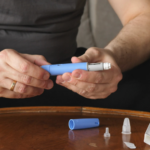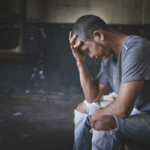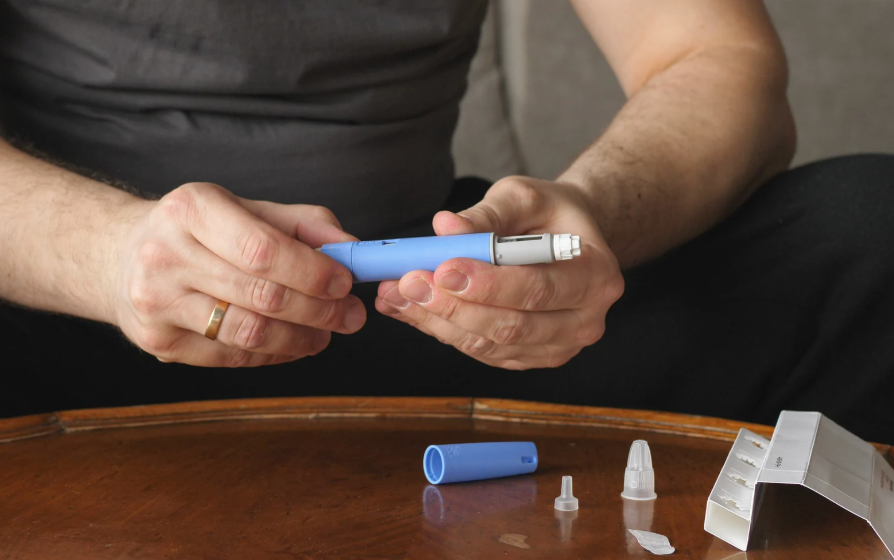Heroin is a powerful opioid derived from morphine, known for its intense euphoric rush that quickly transitions into a dangerous cycle of dependence. Even individuals who start using opioids for legitimate medical reasons, such as managing severe pain, can find themselves turning to heroin once prescription supplies become scarce. This illicit substance often undermines not just physical health, but personal relationships and financial stability. By understanding its far-reaching impacts and engaging in specialized treatment, recovery from heroin addiction is possible.
How Heroin Impacts Body and Mind
When heroin enters the system, it binds to opioid receptors in the brain, triggering a surge of dopamine. The resulting “high” typically comes with deep relaxation and diminished anxiety—yet also severe risks. Respiratory depression can occur, which in extreme cases leads to coma or death. Chronic users often experience additional concerns like collapsed veins, infections, or kidney disease.
As dependence develops, individuals require increasing amounts of heroin to experience the same effects. This cycle frequently causes physical withdrawal symptoms if users go too long without a dose. Uncomfortable signs of withdrawal include nausea, muscle pain, irritability, and fever-like symptoms. The fear of facing these debilitating sensations can perpetuate heroin misuse and deter people from seeking help.
Triggers and Environment
The path to heroin addiction can involve various factors, from personal trauma to social pressures. Stressful environments—whether due to financial struggles, relationship conflicts, or past abuse—may push individuals to seek quick relief. Because heroin can be cheaper on the street than some prescription opioids, many turn to it when they can no longer afford or legally obtain the latter.
Yet heroin use rarely operates in isolation. Social circles or living situations where substance use is normalized can reinforce the behavior. Over time, the individual may prioritize the drug over friendships, work obligations, or family, creating an ever-narrowing world centered around obtaining and using heroin.
Pathways to Recovery
Overcoming heroin addiction calls for a multifaceted approach. Medically supervised detox is often the first step to manage withdrawal safely. The process can include medications like buprenorphine or methadone, which reduce cravings and alleviate withdrawal symptoms.
Midway through this process, many people realize that sustaining sobriety requires deeper psychological support. That’s why a heroin-specific treatment regimen emphasizing long-term recovery often incorporates therapy, group counseling, and skill-building workshops. Behavioral therapies help retrain the brain to manage triggers, while group sessions build a sense of accountability and shared experiences.
Medication-Assisted Treatment (MAT)
Medication-Assisted Treatment (MAT) can be a vital component in long-term heroin recovery. Buprenorphine, methadone, and naltrexone each serve different functions, from reducing the urge to use heroin to blocking the effects of opioids altogether. By stabilizing the body’s chemical balance, these medications create space for individuals to focus on therapy, rebuilding relationships, and regaining their lives.
However, MAT alone is not a cure-all. Combining medication with ongoing counseling yields the best outcomes. Therapists and support groups assist in restructuring unhealthy thought patterns and reinforcing healthy coping techniques, ensuring individuals can handle life’s challenges without reverting to heroin use.
Addressing Co-occurring Issues
Co-occurring mental health conditions—such as depression, anxiety, or post-traumatic stress disorder—are common among those struggling with heroin addiction. Integrated treatment that addresses both substance use and mental health is crucial for preventing relapse. Untreated mental health issues can intensify cravings or sabotage progress, whereas simultaneous treatment often leads to better long-term results.
Family dynamics also matter. Loved ones who unintentionally enable heroin use, perhaps by offering financial support with limited oversight, require education on setting boundaries. Family therapy programs help rebuild trust and foster a supportive home environment conducive to sobriety.
Building a Life Beyond Addiction
Achieving lasting recovery involves forging a new lifestyle that doesn’t revolve around heroin. Aftercare programs, alumni networks, or sober living arrangements can ease the shift back into daily responsibilities. Learning job skills, joining hobby groups, or volunteering can foster a renewed sense of purpose and identity outside the grips of addiction.
Continual self-reflection is another key component. Strategies like journaling, mindfulness, and ongoing therapy can highlight potential pitfalls—like high-stress periods or emotional triggers—before they lead to relapse. Regular check-ins with support groups ensure accountability and a sense of community throughout the recovery journey.
Hope for the Future
While the physical and psychological hold of heroin can feel overwhelming, countless individuals have successfully broken free. With a structured plan that may involve medication-assisted treatment, counseling, and support networks, recovery becomes not only feasible but transformative. Relapses can occur, but they’re not definitive failures—rather opportunities to learn and refine coping strategies.
Heroin addiction might be devastating, but it does not define a person’s identity. Seeking a specialized plan and dedicated resources can help reclaim control, allowing individuals to rebuild healthier relationships, reengage with personal goals, and create a meaningful, drug-free life.










